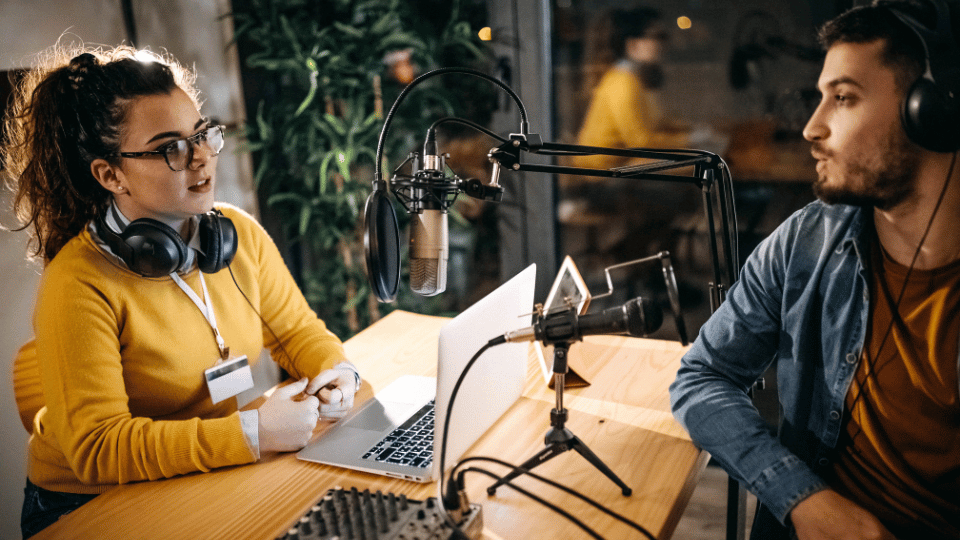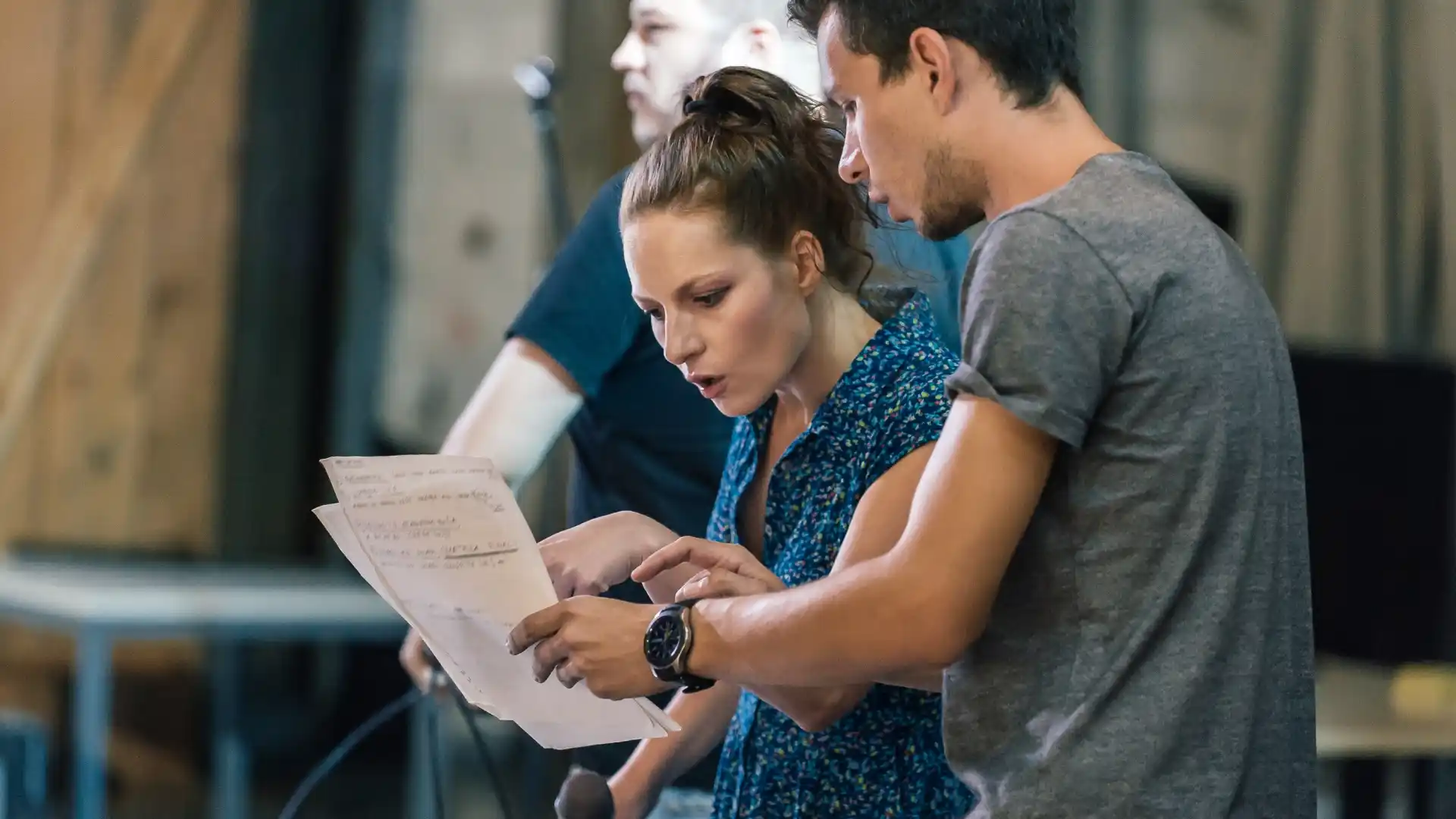Podcasting for Journalists: A Step-by-Step Tutorial
In today’s digital age, journalists are constantly seeking new ways to engage with audiences and tell compelling stories. One medium that has gained immense popularity is podcasting. Podcasts allow journalists to dive deeper into topics, connect with listeners on a more personal level, and provide an immersive audio experience. If you’re a journalist looking to venture into the world of podcasting, this step-by-step tutorial will guide you through the process and help you get started on your journey.
Define Your Podcast’s Niche
Before diving into podcasting, it’s crucial to define the niche or focus of your show. Identify the topics you’re passionate about and consider what unique perspective you can bring to the table. For instance, you could focus on investigative journalism, interviews with industry experts, or storytelling through audio documentaries. Defining your niche will help you attract a specific audience and stand out in the saturated podcasting landscape.
Plan Your Podcast Content
Once you’ve determined your niche, it’s time to plan your podcast content. Outline potential episodes, brainstorm interviewees, and create a content calendar to stay organized. Consider the length and format of your episodes – will they be solo discussions, interviews, or a combination of both? Additionally, think about the storytelling elements you’ll incorporate, such as music, sound effects, or archival audio clips.
Choose The Right Equipment
To produce a high-quality podcast, you’ll need the right equipment. Invest in a good microphone to ensure clear audio recordings. USB microphones like the Blue Yeti or Audio-Technica ATR2100x-USB are popular choices for beginners. Additionally, you’ll need headphones to monitor audio while recording and editing software like Audacity or Adobe Audition to edit your episodes.
Record and Edit Your Episodes
When it comes to recording your episodes, find a quiet space with minimal background noise. Use a pop filter to reduce plosive sounds and experiment with microphone placement to achieve the best sound quality. Once you’ve recorded your episodes, it’s time to edit them. Remove any mistakes, add music or sound effects, and ensure a smooth flow throughout. Editing is a crucial step in delivering a polished podcast.
Choose a Podcast Hosting Platform
To make your podcast accessible to listeners, you’ll need a podcast hosting platform. There are several options available, such as Libsyn, Podbean, and Anchor. These platforms allow you to upload and distribute your episodes to various podcast directories like Apple Podcasts, Spotify, and Google Podcasts. Research each platform’s features, pricing, and analytics to choose the one that best suits your needs.
Create Engaging Podcast Artwork and Descriptions
To attract potential listeners, create eye-catching podcast artwork and write compelling descriptions. Your artwork should reflect your podcast’s theme and be easily recognizable when displayed in podcast directories. Craft a concise and engaging podcast description that entices potential listeners to hit the play button.
Promote Your Podcast
Once your podcast is live, it’s time to promote it. Leverage your existing audience on social media platforms, your website, or your newsletter to spread the word. Collaborate with other podcasters or industry influencers to cross-promote each other’s shows. Engage with your listeners by encouraging reviews, feedback, and questions. Consistent promotion and engagement will help grow your podcast’s audience over time.
Analyze and Iterate
As you gain listeners and feedback, analyze the performance of your podcast. Pay attention to download numbers, listener demographics, and engagement metrics. Use this data to understand what resonates with your audience and iterate accordingly. Adapt your content, format, or marketing strategies to continually improve your podcast and keep your listeners engaged.
Conclusion
Podcasting offers journalists a unique platform to connect with their audience and share impactful stories. By following this step-by-step tutorial, you’ll be well-equipped to start your own podcasting journey. Embrace the power of audio storytelling and continue to evolve as a journalist in the modern media landscape.
Key Takeaways:
- Podcasting is a popular medium for journalists to engage with audiences and tell compelling stories.
- Define your podcast’s niche to attract a specific audience and stand out in the podcasting landscape.
- Plan your podcast content, considering the length, format, and storytelling elements.
- Invest in good recording equipment and edit your episodes to ensure high-quality audio.
- Choose a podcast hosting platform to make your podcast accessible to listeners.
- Create eye-catching artwork and compelling descriptions to attract potential listeners.
- Promote your podcast through social media, collaborations, and engagement with your audience.
- Analyze performance metrics and iterate your podcast to continually improve and engage your listeners.
As you embark on your podcasting journey, consider expanding your knowledge and skills through the NYU | Modern Journalism online course and certificate program. This comprehensive program offers valuable insights into the world of journalism and equips you with the tools necessary to excel in podcasting. Enhance your storytelling abilities and stay ahead in the evolving media landscape with the guidance of industry experts. Take the next step in your podcasting career with NYU | Modern Journalism.








